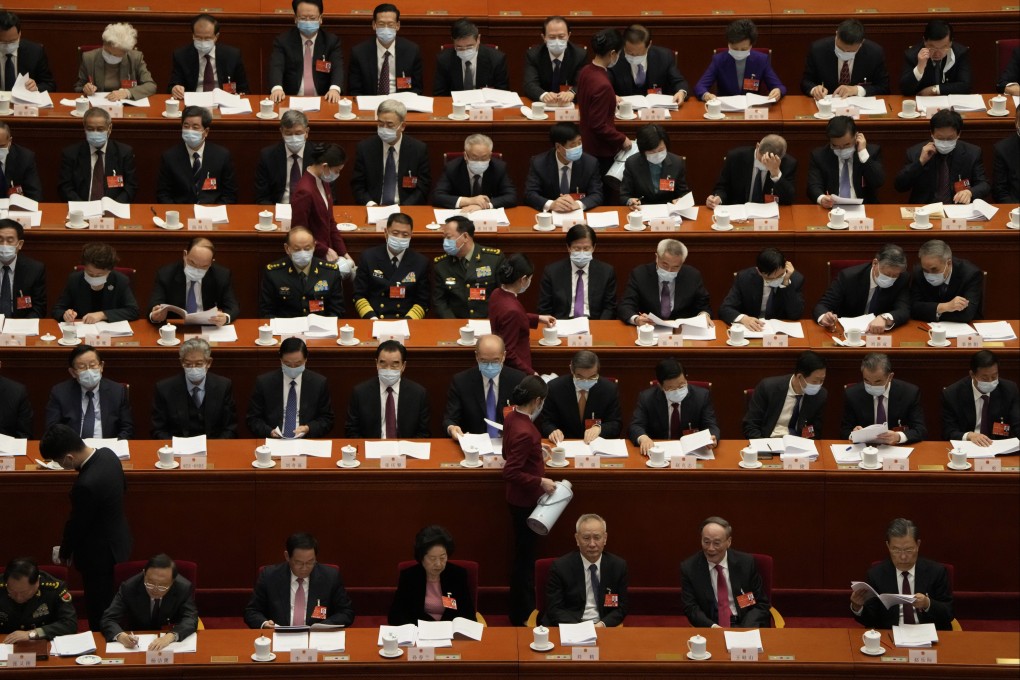Advertisement
Macroscope | NPC report signals China’s return to pro-growth, expansionary policy
- The government’s annual work report showed clear signals that its priority has shifted from regulatory tightening and deleveraging to economic growth
- This could result in attractive opportunities for investors as several expected stimulus measures gradually take effect
Reading Time:3 minutes
Why you can trust SCMP
0

China’s National People’s Congress (NPC) annual meeting started on March 5 with Premier Li Keqiang’s government work report. Each year, the report details the Chinese government’s messages about its economic growth target and policy measures to be adopted in the coming years, drawing much attention from investors.
This year, the report revealed a pro-growth stance with clear signals that the government’s priority has shifted from regulatory tightening and deleveraging to economic growth.
First, the annual GDP growth target for 2022 was set at “around 5.5 per cent year on year”, which is higher than the 4 per cent achieved in the last quarter of 2021. The target is also above market expectations of 5.2 per cent, reflecting the government’s intention to boost confidence amid rising domestic and external uncertainties. It also suggests that stronger stimulus measures could be implemented.
Accommodative policies are needed to meet the growth target. Reading through the report, it is evident that fiscal policies will play a key role in stabilising growth this year, while monetary easing might be gradual and data-dependent.
In 2021, Chinese fiscal policy was contractionary. Fiscal revenue increased by 10.7 per cent while fiscal spending only grew by 0.3 per cent. Despite the 1 trillion yuan (US$158.3 billion) tax cut and government fee reduction, this pair of unbalanced growth rates represents a contractionary bias in fiscal policy.
On the other hand, the tight fiscal policy of 2021 suggests the government has more resources it can deploy, as a large amount of unused funds could be carried over into this year. In the proposal for the 2022 budget, fiscal spending will be increased by 8.4 per cent, or 2 trillion yuan.
Advertisement
